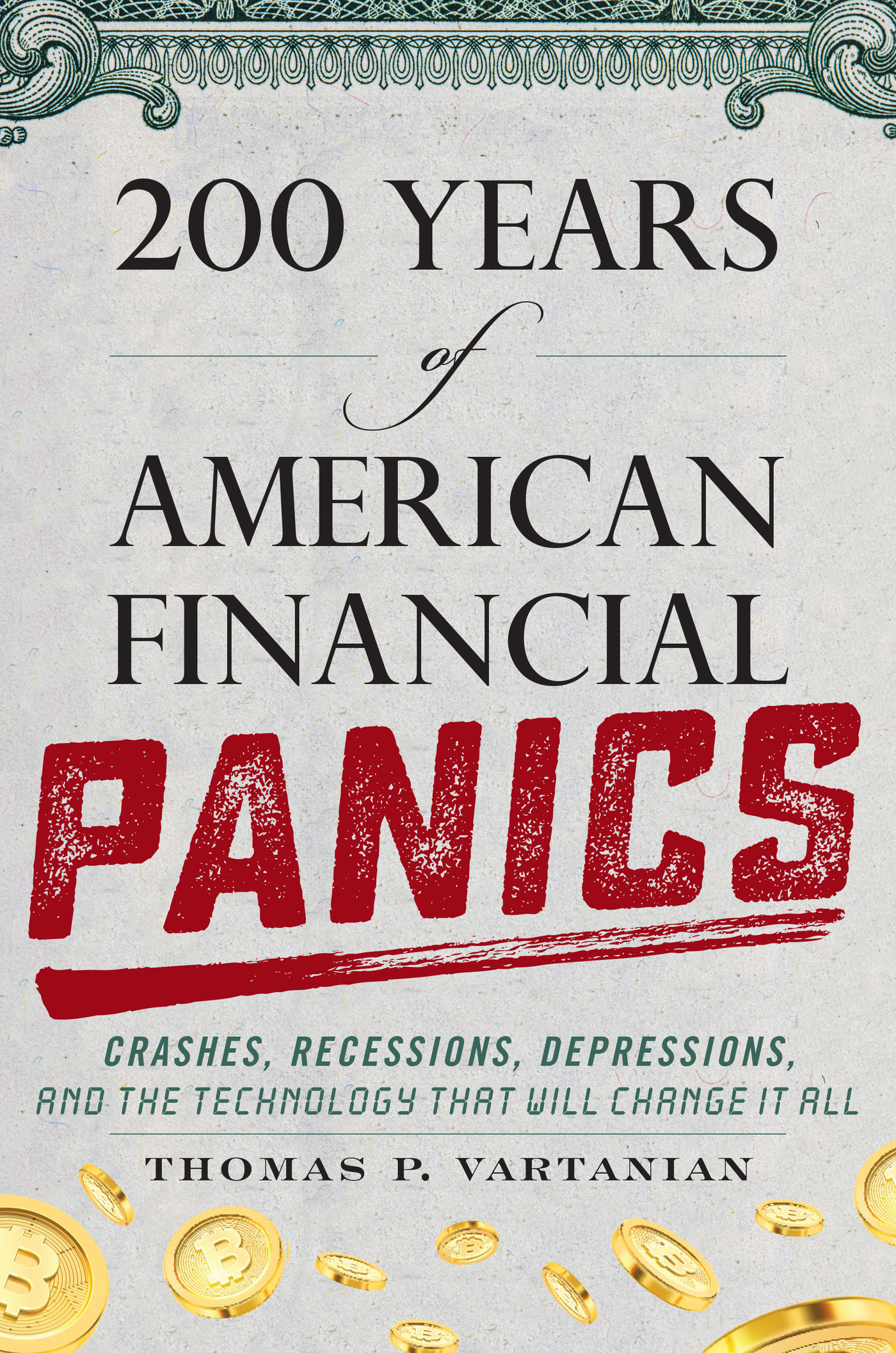200 Years of
American Financial Panics
200 Years of
American Financial Panics
Crashes, Recessions, Depressions, and
the Technology That Will Change It All
Thomas P. Vartanian


An imprint of The Rowman & Littlefield Publishing Group, Inc.
4501 Forbes Boulevard, Suite 200
Lanham, Maryland 20706
www.rowman.com
Distributed by NATIONAL BOOK NETWORK
Copyright 2021 by Thomas P. Vartanian
All rights reserved. No part of this book may be reproduced in any form or by any electronic or mechanical means, including information storage and retrieval systems, without written permission from the publisher, except by a reviewer who may quote passages in a review.
British Library Cataloguing in Publication Information Available
Library of Congress Cataloging-in-Publication Data
Name: Vartanian, Thomas P., author.
Title: 200 years of American financial panics : crashes, recessions, depressions, and the technology that will change it all / Thomas P. Vartanian.
Other titles: Two hundred years of American financial panics
Description: Lanham, MD : Prometheus, [2021] | Includes bibliographical references and index. | Summary: This comprehensive historical account tells the story of 200 years of financial panics in America, from 1819 up to the current economic downturn of 2020, showing how and why so many financial crises have occurred in the United States and offering solutions to avoiding these sorts of crises moving forwardProvided by publisher.
Identifiers: LCCN 2020035832 (print) | LCCN 2020035833 (ebook) | ISBN 9781633886704 (cloth ; alk. paper) | ISBN 9781633886711 (ebook)
Subjects: LCSH: Business cyclesUnited StatesHistory. | Financial crisesUnited StatesHistory.
Classification: LCC HB3743 .V37 2021 (print) | LCC HB3743 (ebook) | DDC 338.5/420973dc23
LC record available at https://lccn.loc.gov/2020035832
LC ebook record available at https://lccn.loc.gov/2020035833
 TM The paper used in this publication meets the minimum requirements of American National Standard for Information Sciences Permanence of Paper for Printed Library Materials, ANSI/NISO Z39.48-1992.
TM The paper used in this publication meets the minimum requirements of American National Standard for Information Sciences Permanence of Paper for Printed Library Materials, ANSI/NISO Z39.48-1992.
This book is dedicated to the three people who
supported, loved, and endlessly inspired me: my wife,
Karen, and my two daughters, Alana and Mackenzie.
It is also for the two men who taught me the
most important lessons about wisdom, courage,
compassion, and kindness: my father, Paul,
and my brother-in-arms, Richard T. Pratt.
Preface
After leaving the Reagan administration in 1983, I was subsequently approached to lead the Federal Home Loan Bank Board, the Office of the Comptroller of the Currency, and become the vice chair of the Federal Deposit Insurance Corporation (FDIC) by three different republican and democratic administrations. When I received a call from Treasury Secretary Mnuchin on Saturday, March 11, 2017, about possibly being nominated by the president to be the first vice chair of the Federal Reserve Board for Supervision, I was extraordinarily honored. I had already served in the government twice, but this would be the cherry on top of a charmed career. I walked into the West Wing of the White House on March 15, 2017, with eight years of experience as a federal bank regulator in the Carter and Reagan administrations, and then another thirty-eight years as a financial services attorney representing a wide variety of financial companies and investors in mergers, regulatory matters, and litigation. I had largely been untethered to any political party, believing more in the substance of issues than the politics of them. I knew and greatly respected Secretary Mnuchin, having worked with him on his acquisition of the failed IndyMac Bank from the FDIC to create OneWest Bank in southern California. I had never met or represented Gary Cohen, director of the National Economic Council, who also participated in that meeting among others. When I left the White House ninety minutes later, I realized that as exciting it would be to be the worlds top bank regulator, rather than returning to government service for a third time, it was time for me to advocate for the renovation of the countrys badly broken financial system in other ways that I thought might be more effective and fun. Before I exited the gate on Pennsylvania Avenue, I had decided to write this book.
How I reached that point in my life was largely serendipity. My wife Karen and I had left New York in July 1976 when I joined the Office of the Comptroller of the Currency (OCC) in Washington, DC, as an entry staff lawyer after graduating from law school. I was assigned to the team there working on the seizure and receivership of several failed banks, including Franklin National Bank in New York. The Franklin failure was the largest bank failure that the country had ever experienced at that time. I recall asking the senior deputy comptroller at that time why he had determined a bank that we were planning to close was insolvent when the financial statements I had in my hand still showed a positive net worth. I have never forgotten his response: Listen kid, a bank is insolvent when I say it is. What he was telling me was that valuing financial assets of banks is an art that takes years of experience to learn, and that what a company records on its financial statements may have nothing to do with their actual value. My journey through decades of bank failures and financial panics had begun. I have worked on the recapitalization, receivership, or disposition by the FDIC of about thirty of the fifty largest bank failures that the country has experienced.
After I left the OCC in early 1981, after ninety days in private practice, I was appointed general counsel of the Federal Home Loan Bank Board (FHLBB) and the Federal Savings & Loan Insurance Corporation (FSLIC) in March, just in time for the beginning of the savings and loan (S&L) crisis in the early years of the Reagan administration. It did not take long for me to wonder how every S&L in the country could have done something so wrong as to bring themselves to the brink of collapse. Some commenters attributed it to the traditional robber-baron story that accompanies every financial crisis. They labeled S&L executives as crooks who had engaged in endless fraudulent schemes. To someone who was a regulator, that seemed odd given the fact that the S&L and banking industries are so closely supervised. In fact, no industries and no set of executives are as closely watched by so many federal and state overseers. Could the regulators have been that inept? In the years I spent regulating and representing financial institutions after I left the government, occasionally I came across some dishonest people, but they were a tiny fraction of those I worked with. The Bonnie and Clyde explanation for the S&L crises did not ring true. I eventually learned that it was not. The Congress of the United States, not S&L executives, inadvertently created the crisis. As I began to appreciate how that had happened, I wondered whether that could have been the case with other financial crises.
Next page
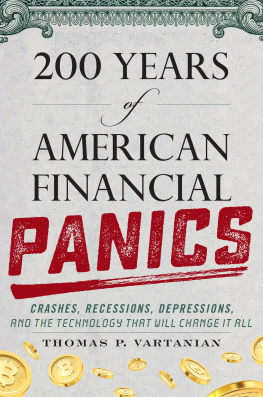


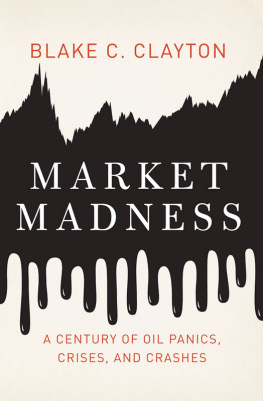
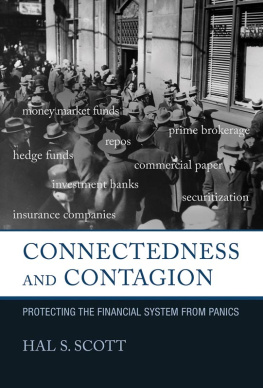
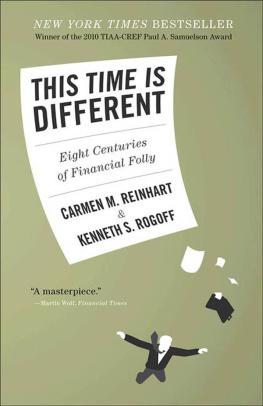





 TM The paper used in this publication meets the minimum requirements of American National Standard for Information Sciences Permanence of Paper for Printed Library Materials, ANSI/NISO Z39.48-1992.
TM The paper used in this publication meets the minimum requirements of American National Standard for Information Sciences Permanence of Paper for Printed Library Materials, ANSI/NISO Z39.48-1992.